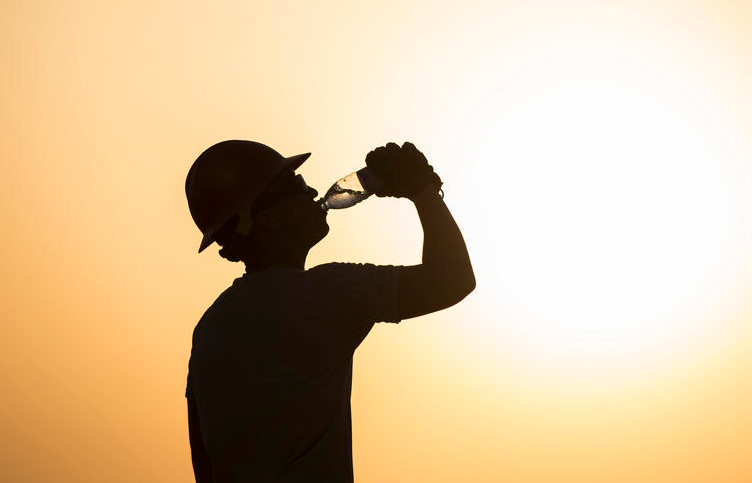Summer has arrived! Its time to focus on working safely in these hot conditions. A core value at Berg is safety in all conditions and in all situations. We take work conditions seriously and want to ensure every employee feels prepared to work in any environment. We need to work together to ensure when we work in extreme conditions to pay close attention to ourselves and our co-workers. Please follow the below tips to help recognized Heat exhaustion/stress.
Heat stroke occurs when the body no longer sweats and body temperature reaches dangerous levels. Symptoms of heat stroke include:
- Dry, hot reddish skin and lack of sweating
- High body temperature
- Strong, rapid pulse
- Chills
- Confusion
- Slurred speech
Heat exhaustion is the body’s response to the loss of water and salt, typically through sweating. Symptoms of heat exhaustion include:
- Excessive sweating
- Weakness or fatigue
- Dizziness and/or confusion
- Clammy skin
- Muscle cramps
- Flushed complexion
Symptoms of heat cramps include:
- Muscle pain usually in the abdomen, arm or legs.
- Muscle spasms usually in the abdomen, arm or legs.
Heat Rash is an irritation of the skin caused by excessive sweating. Symptoms of heat rash include:
- Red cluster of pimples or small blisters
- Usually on neck and upper chest, groin area, under the breasts, and in elbow creases.
Ten Hot Weather Safety Tips:
- Stay hydrated: Drink plenty of fluids; drink about 16 ounces before starting and 5 to 7 ounces every 15 or 20 minutes.
- Avoid dehydrating liquids: Alcohol, coffee, tea and caffeinated soft drinks can hurt more than help.
- Wear protective clothing: Lightweight, light-colored and loose-fitting clothing helps protect against heat. Change clothing if it gets completely saturated.
- Pace yourself: Slow down and work at an even pace. Know your own limits and ability to work safely in heat.
- Schedule frequent breaks: Take time for rest periods and water breaks in a shaded or air conditioned area.
- Use a damp rag: Wipe your face or put it around your neck.
- Avoid getting sunburn: Use sunscreen and wear a hat if working outside.
- Be alert to signs of heat-related illness: Know what to look for and check on other workers that might be at high risk.
- Avoid direct sun: Find shade or block out the sun if possible.
- Eat smaller meals: Eat fruits high in fiber and natural juice. Avoid high protein foods.
**Immediately report any signs or symptoms of heat exhaustion to your Foreman or onsite safety coordinator.
**Remember to use WorkPartners in the event of a non-life threatening workplace illness or injury.
**Our goal is for everyone to be prepared to work safely in hot conditions and go home each night!

